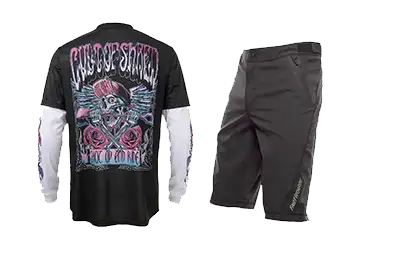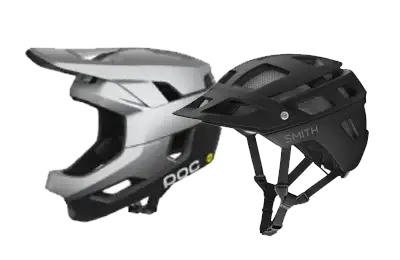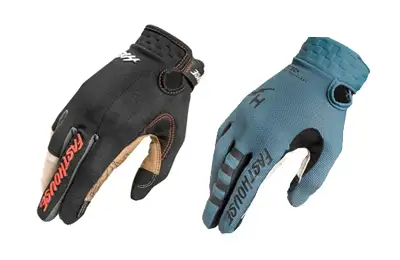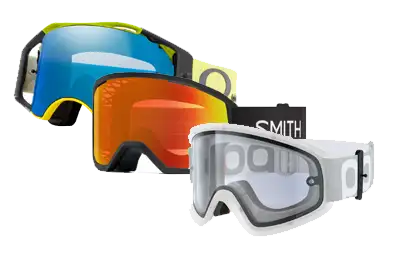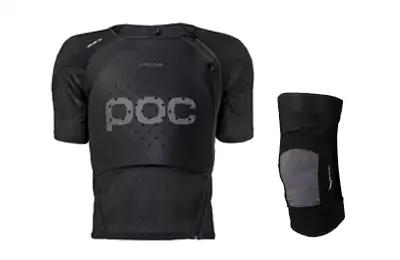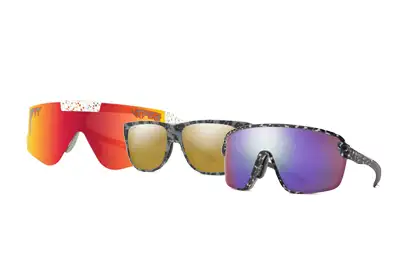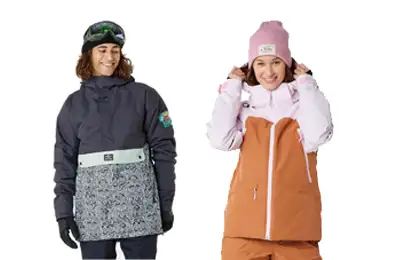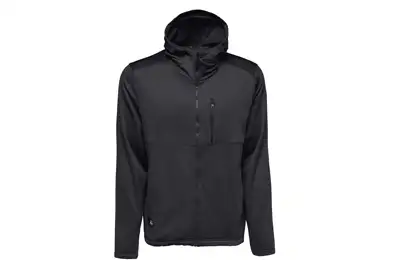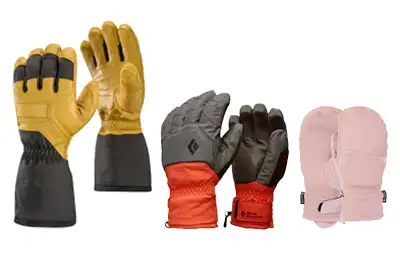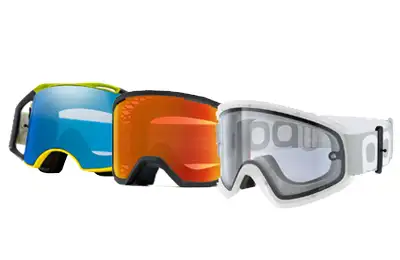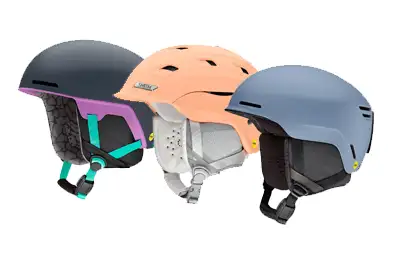Goggles are arguably one of the most important pieces of gear you could have. They can easily make or break a day on the hill and can cause dire consequences if malfunctioning. If they are so important, how come so many of us sacrifice for the ones that look the best or have the best price tag? This is often because the time when you need goggles usually means you’re about to go up the hill. Consequently, you’re in a rush. Take it from the staff at McCoo’s, shopping for goggles can be fun and pay off in the long run when you have the visibility you need, in varied conditions. To help you on your journey, here are some tips for choosing the right ski goggles.
Ask Questions
There are so many different products and features out there that it can be hard to choose on your own. Ask our staff as many questions as you need so that you know what goggles have the technology that you’re looking for.
Choose The Lenses That Work For You
Before going into the store, think about where you usually ski or ride: Are you hitting the park? Touring? Lapping groomers or shredding moguls? Also, consider what time of day you usually ride and if you are interested in switching lenses depending on the light.
Asking yourself these questions will help you determine what tint will provide a good combination of colour definition, contrast, depth perception and eye fatigue protection, all with the right visible light transmission (VLT) for your specific needs.
Learn About The Technology
Ah, good ol’ science. It’s helping many brands develop styles and technology that help to maintain visibility in even the most terrible conditions. Before you come to the store, nerd out a bit on what features brands are currently offering. Or, be prepared to get your very own science lesson when you come in. Upgrades in scratch-resistant coating, anti-fogging, colour contrast and even built-in GPS are just a few of the developments being seen in models on the market.
Try Them On
Goggles are like a pair of shoes: they might look good but they might not fit how you want them to. Don’t be shy, try on every pair. Bring your helmet and take the time to adjust the strap. Make sure that the goggles fit snuggly on your cheek bones and don’t inhibit your peripheral vision.
If you have any questions, which, we’re sure you do, come on down and let our staff help you find the best goggle for you.

